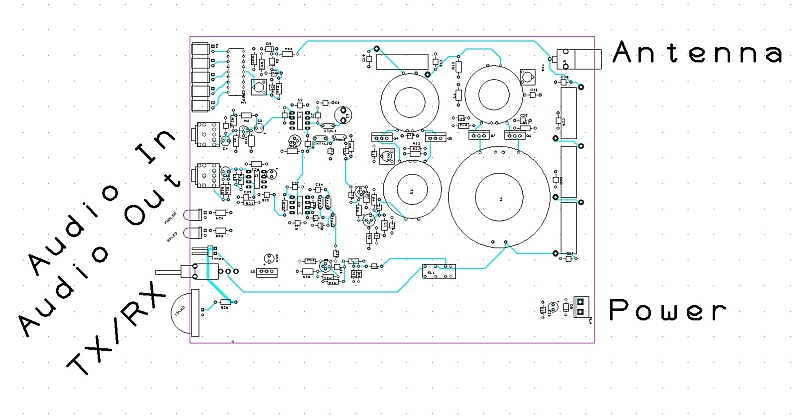|
Alternatives back to: http://www.webpal.org/radio/ Technical Aspects of the Radio Physical goals about the radio were shown in the video and very detailed aspects are available in the manual that can be downloaded from: http://www.webpal.org/SAFEems/index.html During the Kickstarter campaign we plan to give continuous status reports regarding the finalization of the development and hope to have everything in place at the end of the campaign, so that we can immediately go into production once the funding is available. As mentioned on the Kickstarter page we are developing three distinct models, although they all fulfill the exact same parameters. They all work on PSK31 in 80m using a NVIS antenna and all are to be small enough to fit into a can and cost under $200. We will distinguish them as model A, B, C. We may complete all three models, but for economies of scale we will most likely settle upon one. Among the determining factors are cost and performance but each one does have other distinct features and advantages. There is no need to go into depth regarding those distinctions at this point because they are experimental. We will of course select what we think is the best choice. The models are designated A,B and C. There is a description of each below. The Model A(merican) The American Model A, my current favorite, is being developed in the US by David Cuthbert and uses what is called Transverter technology from CB radio. Circuits are presently being bread boarded. 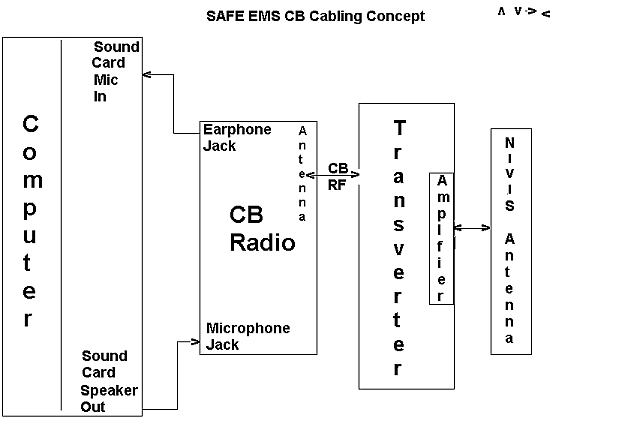 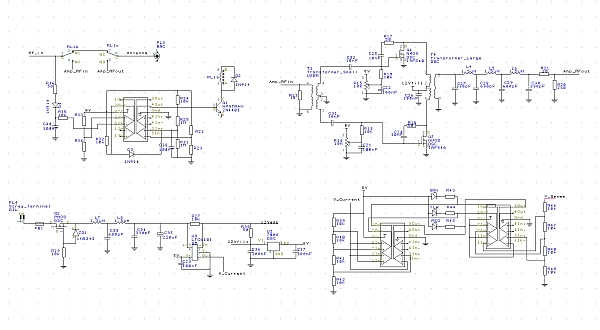
The Model B(ritish) The British Model B is the most complicated with the latest technology and the design is being directed by Dr. Burbidge. This technology uses a method called SDR (Software Designed Radio) and is being developed in the UK. At the moment there are several pages of business plan for its development, and a prototype board has been built of receiver circuit. 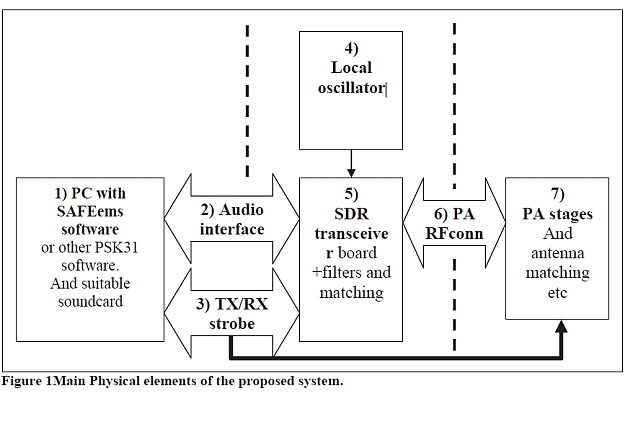
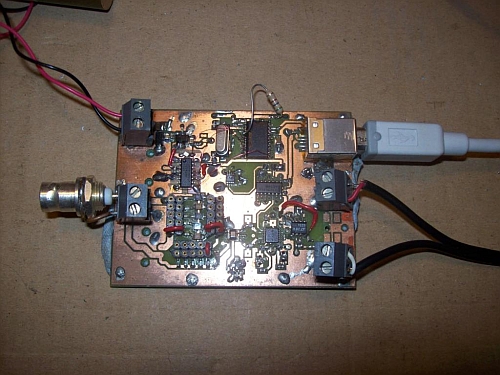
Prototype receiver board for the SDR concept being developed in the UK The Model C(anadian) The Canadian Model C under the guidance of Bob Morton is in its third prototype stage and has been based upon a QRP design with an amplifier. It is the one shown in the video and whether we select that design, or do all three, it will be reduced in size so that it will fit into a can. 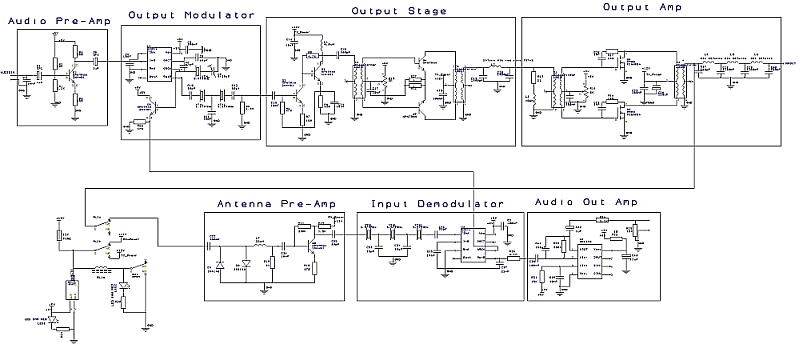
|
